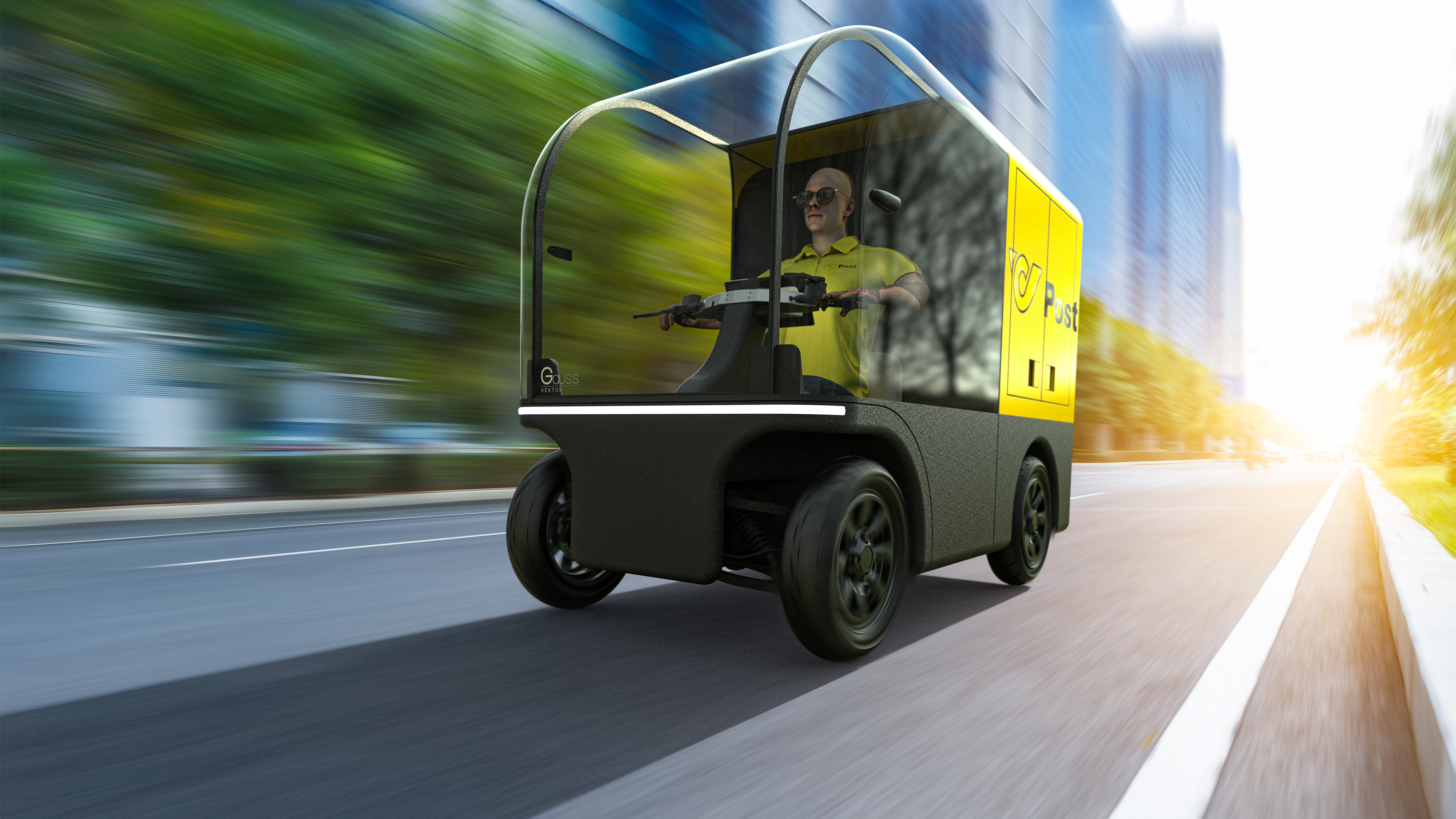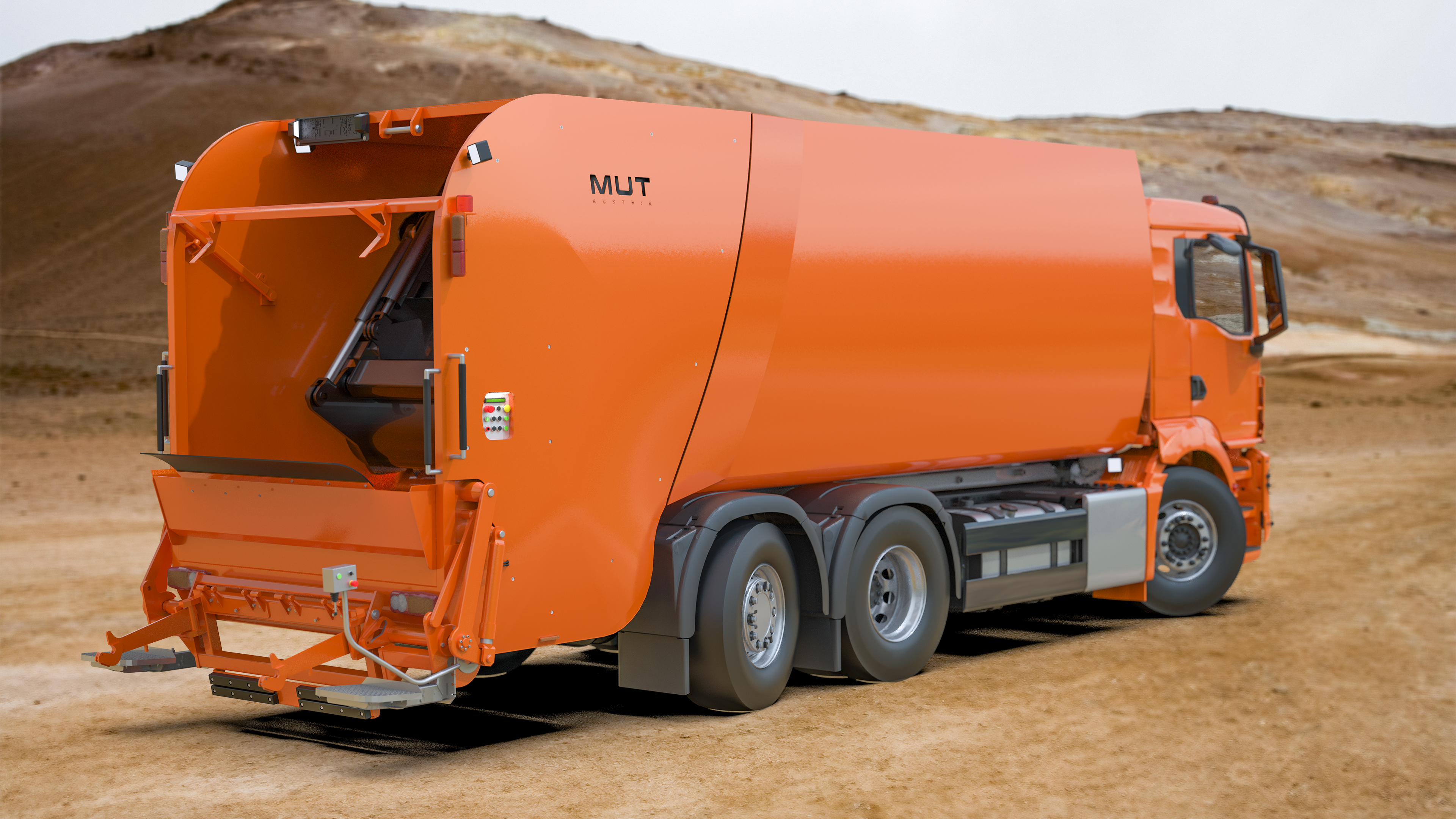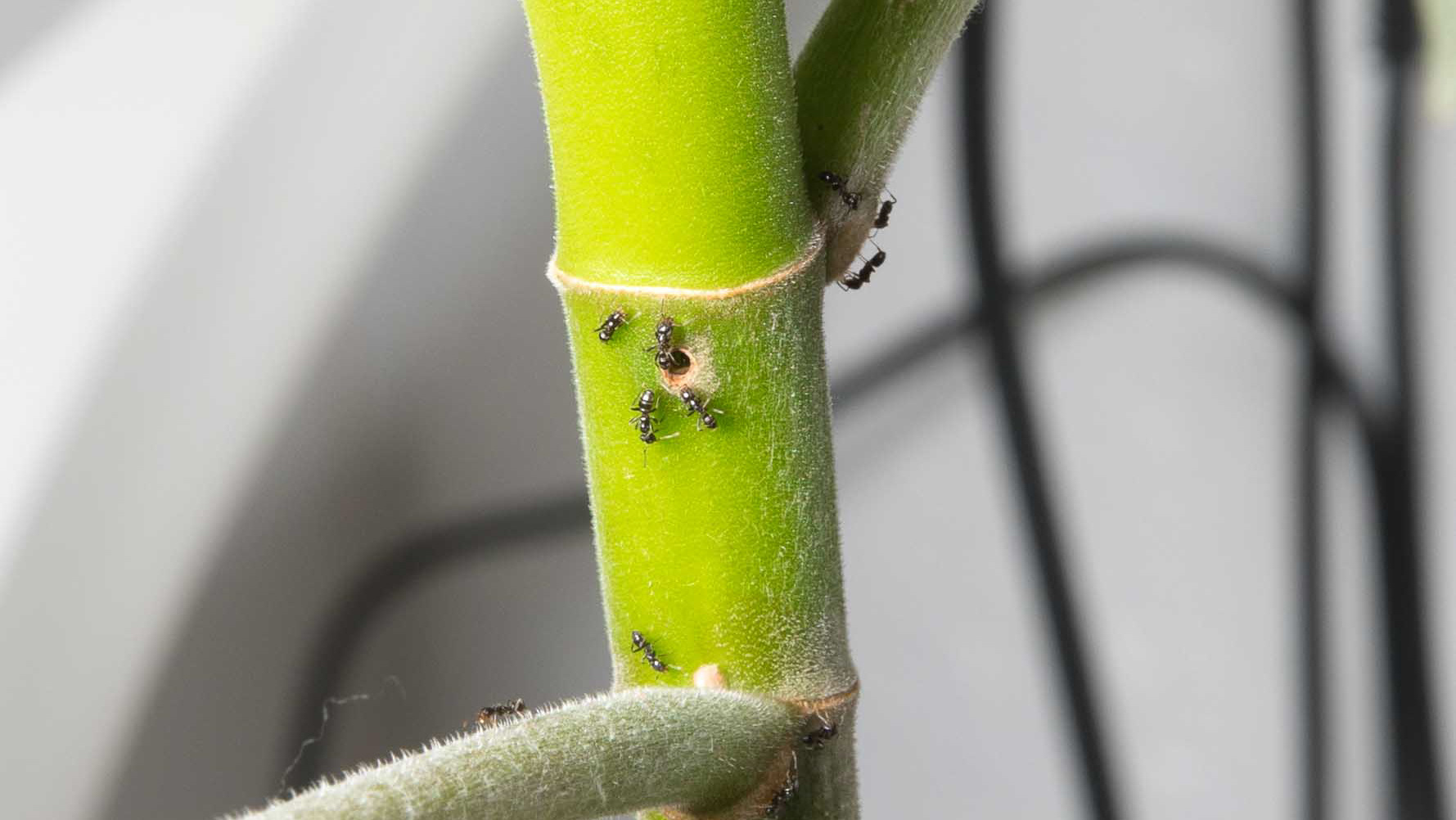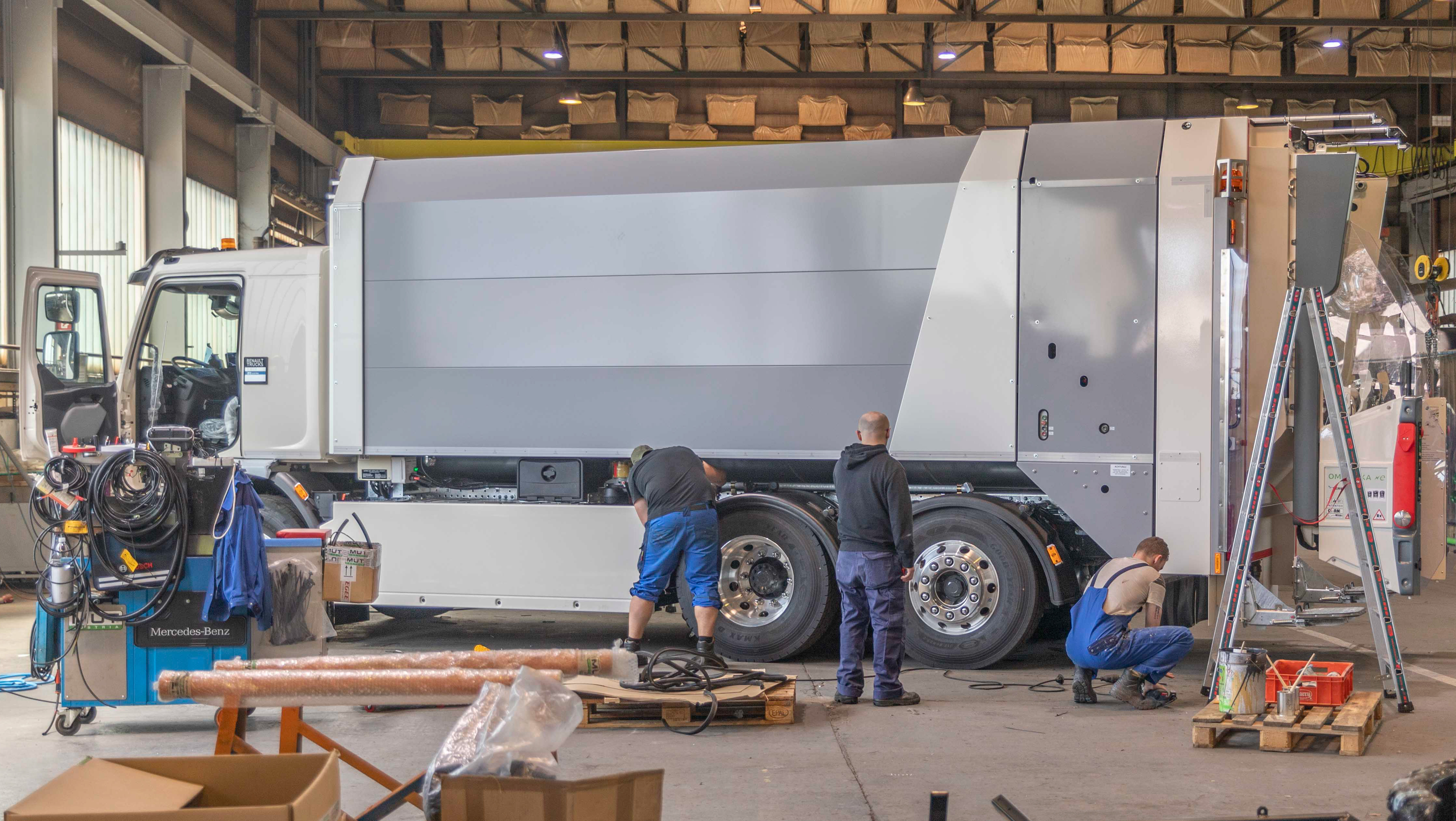An unmanned ground drone, weighing just 2–3 tons, designed for scalable production and rapid deployment. Instead of concentrating all systems in a single, high-value target, KORA breaks the model: simple modules, mass-produced and fielded in numbers.
Guided via fiber optics – immune to jamming, EMP-hardened, and fully human-controlled. No overpromises, no black-box autonomy. Just reliable tech that works when it has to.
Electric drive. Minimal logistics. Maximum adaptability.
This isn’t the future of tanks.
It’s what should’ve replaced them a decade ago.
It’s what should’ve replaced them a decade ago.
Phase 1
The first iteration of Kora is as brutal as it is efficient: a low-cost kamikaze ground drone carrying up to 500 kg of payload in the form of TM-62 anti-tank mines.
It’s not about finesse.
It’s about delivering maximum impact with minimum complexity.
It’s about delivering maximum impact with minimum complexity.
The construction: basic armor steel plates, a modular battery pack, twin electric motors, fiber-controlled, and a dedicated warhead compartment. No frills, no unnecessary tech. Just the core components needed to get in, and destroy hardened targets.
Built for rapid production.
Designed to overwhelm, not impress.
Designed to overwhelm, not impress.
Phase 3
Yes, that’s a 30 mm autocannon—the kind you’d normally find on much larger vehicles.
And yes, the platform underneath measures just 2 by 1 meters.
And yes, the platform underneath measures just 2 by 1 meters.
Kora V3 demonstrates what’s possible when firepower is rethought from the ground up: a compact, unmanned unit capable of delivering high-caliber support with a minimal footprint.
Despite its size, the platform remains stable, remote-operated via fiber for secure control, and adaptable to a range of turret systems—from autocannons to ATGMs or support weapons.
Small platform.
Serious capability.
Built for modern battlefield flexibility.
Serious capability.
Built for modern battlefield flexibility.
Fields of Fire
Modern battlefields are flooded with cheap drones.
The problem? Most countermeasures are not cheap.
Missiles are too expensive. Jamming isn’t reliable. And traditional systems simply can’t scale.
The problem? Most countermeasures are not cheap.
Missiles are too expensive. Jamming isn’t reliable. And traditional systems simply can’t scale.
Kora offers a different answer:
A network of small, unmanned fire units equipped with .50 cal turrets, positioned across a defined perimeter. Simple, low-cost platforms—each designed to put maximum rounds in the air, not max out a defense budget.
A network of small, unmanned fire units equipped with .50 cal turrets, positioned across a defined perimeter. Simple, low-cost platforms—each designed to put maximum rounds in the air, not max out a defense budget.
Thanks to duplex and triplex ammunition, every trigger pull delivers multiple projectiles—massively increasing effectiveness against FPV drones, loitering munitions, and other low-flying threats.
No magic tech. No hype.
Just smart geometry, overlapping fields of fire, and a scalable way to fight cost with cost.
Just smart geometry, overlapping fields of fire, and a scalable way to fight cost with cost.
300% more Bullet per Bullet
Each cartridge contains two or even three projectiles—fired at once. That means up to 300% more rounds per shot, with no increase in rate of fire or system complexity.
Despite the extra impact, these rounds are simple to manufacture and far cheaper than programmable or guided munitions. Especially in drone defense, where volume beats precision, this approach makes sense.
More bullets in the air.
Fewer headaches in procurement.
Fewer headaches in procurement.
